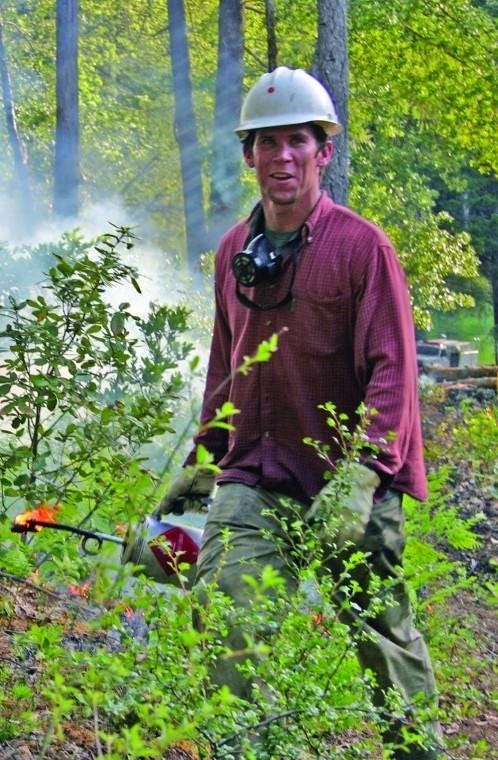An Interview with Will Harling
A wide-ranging discussion on how state and federal agencies affect cultural burning.

I spoke to Will about a month ago, and our conversation was wide-ranging. I was most interested in speaking to him regarding the impact Cal Fire has on Indigenous burning in California. Harling primarily sees his work and his job as supporting Indigenous folks to reignite (no pun intended) their cultural burning practices, but has found that Cal Fire inhibits this sometimes. This is a nuanced and rich conversation and I appreciate Will for taking the time.
Will and I spoke before the passage of SB 332 in California. When I asked what he had to say about its passage he wrote:
“I am hoping SB 332 is interpreted to allow tribal cultural fire practitioners the same legal protections as certified state and federal burn bosses. We have yet to hear how agencies are interpreting this legislation. Right now, there is a hang up with the state burn boss qualification (CARX) where individuals within CALFIRE are holding up the roll out of the program because they don't want to certify any state CARX burn bosses unless they are already fully qualified Federal burn bosses (who don't actually need the certification), and blocking folks like me from CARX certification who were the intended focus of this legislation.”
As you can see, Harling’s worries are warranted, as proven by my interview with Frank K. Lake a couple weeks back.
“We need to move towards fire as a practice of place and not a political football.”
In Harling’s own words, he “span(s) a lot of ground from grassroots projects and innovations for how communities can live with fire and work with fire as a tool and be resilient in the face of megafires, and that journey has also taken me into the policy realms, and working to develop and support state and federal legislation to shift the rules of the game so we can actually see some forward movement.”
As the director of the non-profit Mid Klamath Watershed Council, Harling has been able to “bring in private, state and federal money to address issues on the ground and to build a work force and the capacity to make change happen on the ground.”
That change has been profound. For several years now, the shift across Northern California towards prioritizing cultural burning has been a focus of journalists and policy-makers. It’s an example of how the renewal of cultural fire can have a positive impact on land and people. The Karuk Climate Change Project is making waves and has been a mobilizing force in the passage of SB 332. There are plentiful articles, essays, and engagements with the cultural burning revolution in Northern California.
I asked Harling what he thought three major points of progress have been as he’s been doing this work:
“Right now we’re implementing the largest prescribed fire training exchange in California history. We have 180 applicants; local, regional, national and international folks coming to help us put good fire on the ground along the Klamath River in collaboration with local tribes and local Forest Service and Cal Fire.
We’re actually doing prescribed burns while incident management teams [from ongoing wildfires] are still in town. We are training people and exposing them to good, beneficial fire and at the same time we have people staged to keep an eye on the wildfires that are still skunking around in the backcountry.
The Klamath TREX program and the TREX model has been a huge success both locally and nationally.” (Note: TREX is a prescribed fire exchange program and I’ll be writing more about it in the future)
Keep reading with a 7-day free trial
Subscribe to WILDERNESS to keep reading this post and get 7 days of free access to the full post archives.


